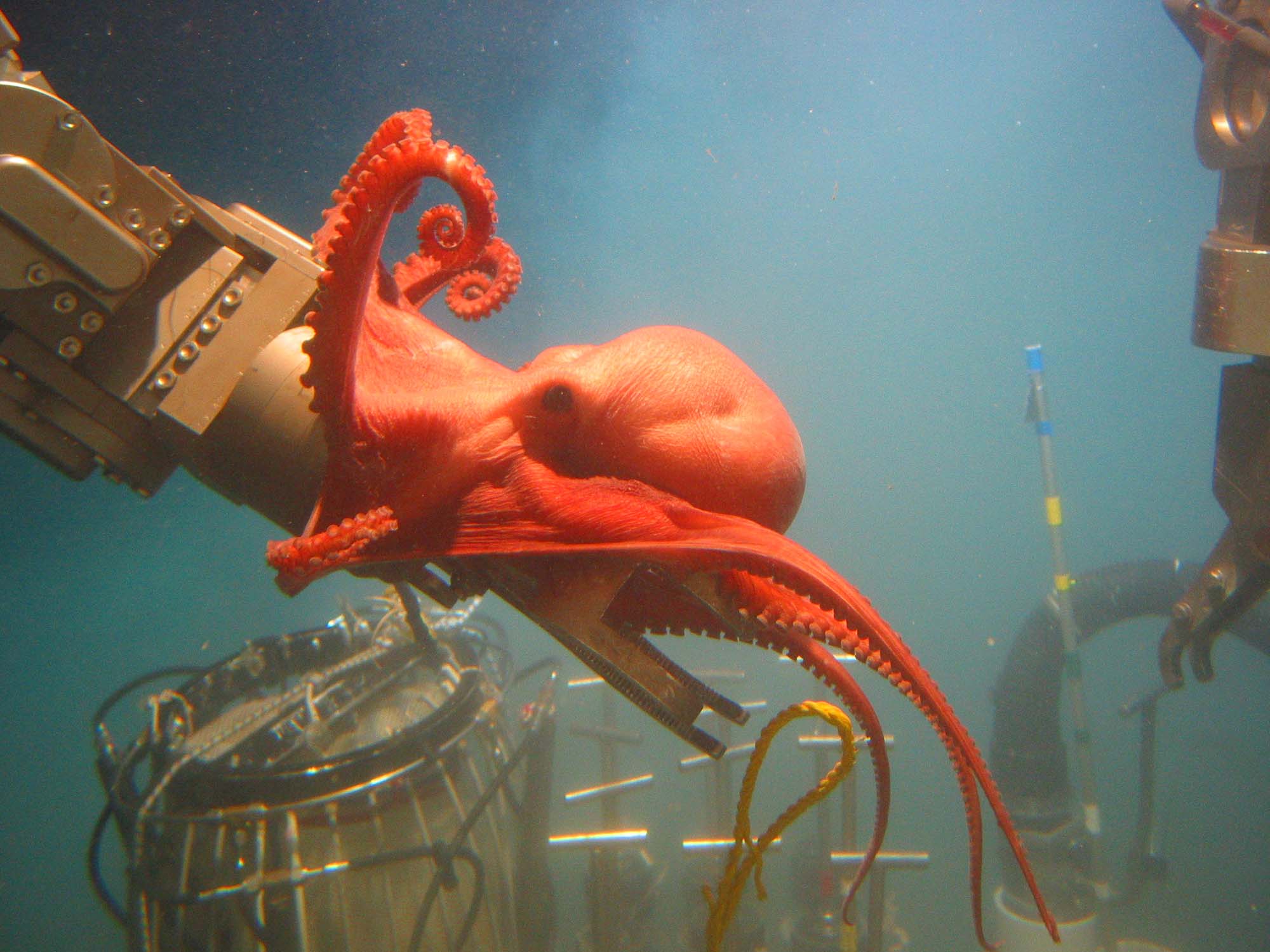Deep Sea Mining for lithium, cobalt, nickel, graphite, and manganese
Since the 1900s, human predation on marine beings increased exponentially. The North Atlantic as a whole has experienced 90 percent decline (V. Christensen et al. 2003 cited in Lotze and Worm 2009, 257); and large fish declined between 97 percent and 99 percent in the North Sea (Jennings and Blanchard 2004). From the commencement of baseline surveys in 1961, the number of large fish declined in South Georgia (84 percent), eastern Canada (90-92 percent), and on the South-east Australian shelf 91 percent (Myers and Worm 2003, 280). The Gulf of Thailand has lost 86 percent of its overall fishing biomass and 91 percent of its predatory fish (280). In the Benguela Current ecosystem of Southwest Africa, large, accessible species were intensely exploited prior to the 1900s. Over the past 200 years, 50 million ton (mt) of biomass has been removed, reaching more than one mt per annum in the 1960s (Griffiths et al. 2005, 303).
Marine biologists, Joseph Christensen and Malcolm Tull detail the severe impacts on marine animal populations across South East Asia and the Indo Pacific since the 1900s (Christensen and Tull 2014). The numbers of fish killed within national and EEZ waters, between 1950 and 1980: ‘increased by factors of three in Japan and India, four in Australia, Malaysia, and Bangladesh, five in Sri Lanka, six in the Philippines and Papua New Guinea, more than ten in Thailand and Burma, and several Pacific Island nations, and, most spectacularly, twenty in Indonesia’ (30).
Following the war, industrial fisheries intensified across the Central Indo-Pacific, supported by national programs such as India’s ‘Blue Revolution’, which began in 1951 (Christensen and Tull 2014, 25-26). Similar programs to boost capture fisheries commenced in Sri Lanka in the 1960s and 1970s, and across Pacific Island nations (26). Between 1950 and 2000 the fishing fleets of Asia and Oceania increased their recorded marine catches by 422 percent and 1,218 percent respectively, against a global average of 344 percent 14) (See also Reid 2023).
References
Christensen, Joseph, and Malcolm Tull. 2014. Historical Perspectives of Fisheries Exploitation in the Indo-Pacific. 2014th, 1st ed. 2014. ed. Vol. 12. MARE Publication Series. Dordrecht: Springer Netherlands. https://doi.org/10.1007/978-94-017-8727-7.
Griffiths, C. L., L. Van Sittert, P. B. Best, A. C. Brown, B. M. Clark, P. A. Cook, R. J. M. Craw-ford, et al. 2005. Impacts of Human Activities on Marine Animal Life in the Benguela: A Historical Overview. Vol. 42.
Jennings, Simon, and Julia L. Blanchard. 2004. “Fish Abundance with No Fishing: Predictions Based on Macroecological Theory.” The Journal of Animal Ecology 73 (4): 632–42. https://doi.org/10.1111/j.0021-8790.2004.00839.x.
Myers, Ransom A., and Boris Worm. 2003. “Rapid Worldwide Depletion of Predatory Fish Communities.” Nature (London) 423 (6937): 280–83. https://doi.org/10.1038/nature01610.
Reid, Susan. 2023. “Stirring and Deranging: Oceanic Energy Relations and Extractivism.” Environmental Humanities (Under consideration).



